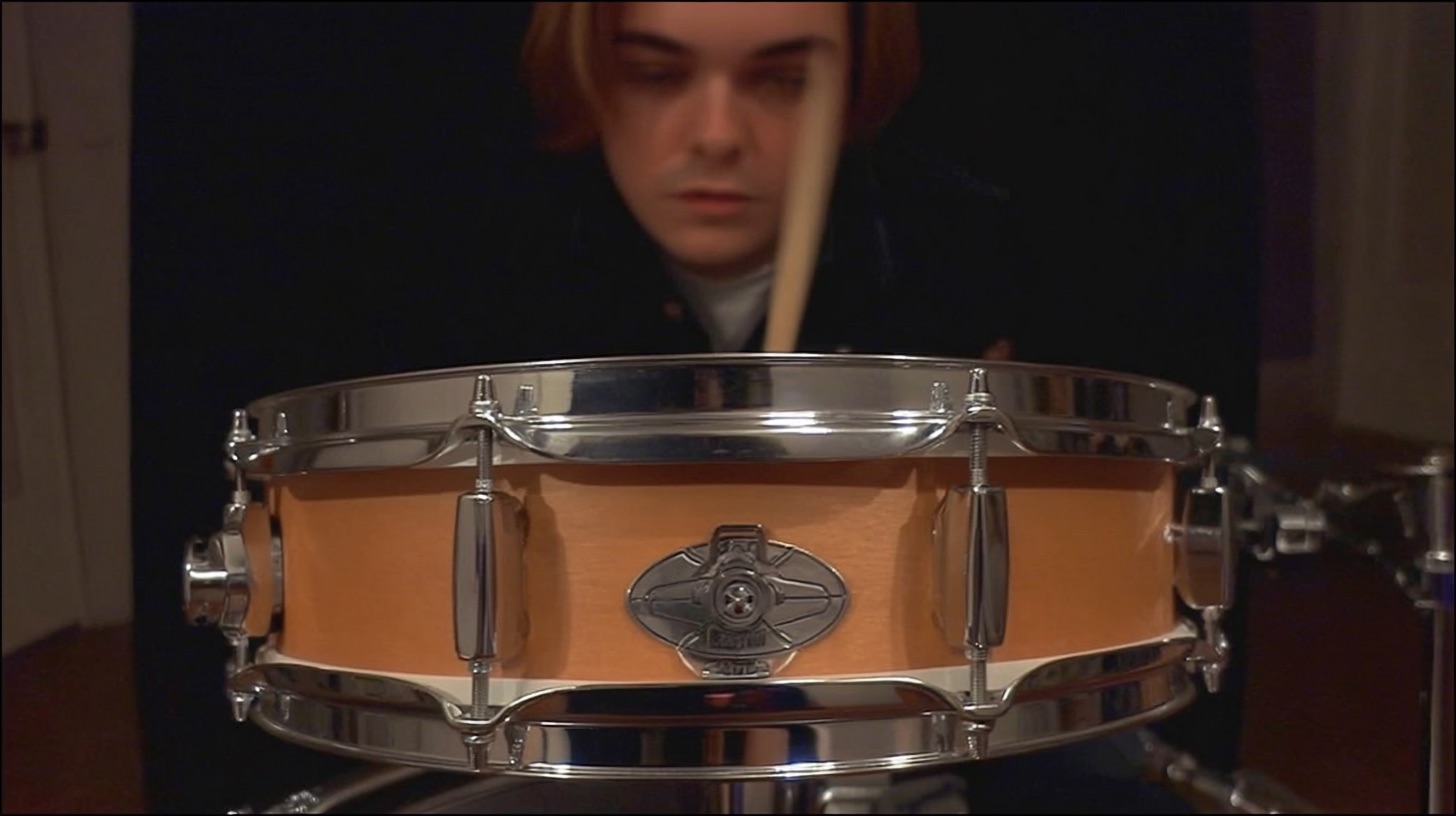
How Josh Schroeder Mixed King 810’s Haunting Choir Vocals
Nail The Mix Staff
Getting choir vocals to sit right in a dense metal mix is a tough gig. Add synths and layers of processed vocals, and it’s easy to end up with a muddy, distracting mess. But when done right, like in King 810’s track “Alpha and Omega,” these elements can create an epic, haunting atmosphere that elevates the entire song.
We got a look inside the actual Pro Tools session with producer Josh Schroeder to see how he crafted that massive, creepy choir presence. It’s a killer blend of real vocals, simple MIDI, and a clever processing chain that glues everything together perfectly. Let’s break down how he did it.
Building the Foundation: Layering Vocals and MIDI
The core of the sound starts with vocalist David Gunn’s performance. For the main hook melody (“I am the alpha and the omega”), there are a few key vocal layers. One crucial part is a simple, sustained “Ah” harmony that holds a note underneath the main line. It’s a cool texture, but Josh wanted to blow it up into something awe-inspiring to match the track’s heavy religious iconography.
The solution? Layering a MIDI choir on top of the real vocals.
To do this, Josh reached for a surprisingly old-school tool: a stock choir patch from Kontakt 4, which he thinks came with his original Komplete 6 bundle. This is a great reminder that you don’t always need the latest, most expensive sample library to get incredible results. Sometimes a simple, workhorse VST is all you need to lay the groundwork. The MIDI choir simply follows the harmony, picking up where the real vocals leave off and giving the part that massive, choral feel.
The Secret to Cohesion: Processing on a Shared Bus
Okay, so you have a real vocal and a MIDI choir. How do you make them sound like one, unified element instead of two things awkwardly stacked on top of each other?
The trick is to bus them together and process them as a single unit.
Josh sent both the real vocal harmonies and the MIDI choir track to the same auxiliary bus. By applying all the effects to this bus, he tricks the listener’s ear into perceiving it all as one cohesive sound. It’s the same principle behind sending your drum room mics to a reverb and then compressing them together—it fuses the elements into a single, powerful texture. It’s a powerful way to glue sounds together, often using techniques like parallel compression.
Here’s the effects chain he used on that bus to create the final sound.
Adding Body with Pitch Shifting
First in the chain is a pitch shifter. This isn’t for subtle correction; it’s a creative effect to add depth and character.
- Octave Down: One layer is pitched an octave down. This thickens up the low-end of the choir, giving it some serious weight and body.
- Octave Up: Another layer is pitched an octave up. This adds a sense of “air” and high-end texture to the sound.
When blended in, these pitch-shifted layers make the choir sound immense. It also adds a slightly robotic, unnatural quality that helps the raw vocal and the clean MIDI sample meet in the middle, sonically.
Getting Gritty with Old-School Distortion
Next up, Josh turns to an old favorite for some grit: Line 6 Pod Farm. While it might be considered dated by some, he loves it for its predictability and ability to get the job done quickly. He was chasing a specific vibe for this part—something that sounded like an old, creepy cylinder recording of a Christian hymn.
The distortion from Pod Farm adds that vintage, lo-fi character. It gives the choir an unsettling, “recorded in an abandoned church” feel that perfectly matches the visuals of the music video and the song’s lyrical themes.
Carving Space with EQ and Delay
After the heavy lifting from the pitch shifter and distortion, the final processing is about making the sound sit perfectly in the mix.
- EQ: A simple EQ cut is applied to tame some boominess in the low-end. This is a crucial move to carve out space and prevent the choir from clashing with the screams and other elements in that frequency range. Mastering simple but effective EQ strategies is essential for mix clarity.
- Delay: A touch of delay is added to give the choir a sense of space, making it feel like it’s bouncing off the walls of a large hall or church, further enhancing the atmospheric effect.
The Bigger Picture: Crafting Dynamics
This heavily processed choir hook doesn’t exist in a vacuum. Compositionally, it provides a powerful contrast to the raw intensity of the first half of the chorus, which features brutal screams and provocative lyrics. This push-and-pull between the aggressive screaming and the melodic, empowering choir creates incredible dynamics and makes the hook feel that much bigger.
It’s a testament to going down creative rabbit holes. As Josh admits, sometimes you add more processing than you think is “needed,” but that exploration is a valid and vital part of making art. The key is to know when to dive deep and when to pull back.
Bring These Techniques to Your Mixes
The process behind King 810’s choir sound is a masterclass in creative layering and processing:
- Layer real vocals with simple MIDI samples to build a massive sound from a simple performance.
- Bus them together to glue the different elements into one cohesive unit.
- Use a creative effects chain with pitch shifting for body, distortion for character, and EQ/delay for space.
These are actionable tips you can apply to your productions right now. But seeing the concepts is one thing—watching a pro like Josh Schroeder actually build the sound, tweak the plugins, and balance it against a full mix is another level.
King 810 on Nail The Mix
Josh Schroeder mixes Alpha & Omega
Get the Session
With Nail The Mix, you get to do just that. Every month, we give you the raw multitracks from massive bands like King 810 and Tallah and let you watch the original producer mix the song from scratch in a live, multi-hour session. You’ll see every plugin, every fader move, and every decision explained in real time. It’s time to learn how to mix music like a pro and master the real-world techniques used on the albums you love.
Ready to see exactly how this King 810 track came together? Join Nail The Mix today and get instant access to the full King 810 mixing session with Josh Schroeder.






